
The embodied carbon associated with a building refers to the greenhouse gases emitted during the manufacturing of products and materials used to construct it. These emissions differ from those generated during the building’s operations i.e., operational emissions. As our buildings become more energy efficient, the portion of emissions that comes from embodied carbon becomes a more glaring piece of the greenhouse gas emissions pie. Embodied carbon happens before a building is even constructed, so I and many others refer to it as “upfront carbon emissions.”
There are myriad ways to reduce upfront carbon emissions. Integral to building-related efforts is something I term materiality, which is a topic for another day but, in general, concerns materials selection. Consider mass timber vs. concrete, for example. While the former might seem like an obvious green building choice, turning trees into lumber comes with its own environmental penalties that include upfront carbon emissions. This is why there is a growing consensus that an important way to reduce emissions is to use less stuff.
As an environmental journalist, I tackle this notion of economizing around materials and products by addressing questions like: How much do we really need? How are our buildings constructed and deconstructed? How do we achieve more with less? Here, I will address the notion of keeping things simple to help minimize a project’s emissions profile from the start.
Simplify, simplify, simplify
The great German industrial designer Dieter Rams understood the need for simplicity when he was designing stereos for Braun in the 1960s. Rams wrote in the late 1970s: “Good design is as little design as possible. Less, but better—because it concentrates on the essential aspects, and the products are not burdened with non-essentials. Back to purity, back to simplicity.”
Design innovator Steve Jobs adopted Rams’s philosophy,…
Weekly Newsletter
Get building science and energy efficiency advice, plus special offers, in your inbox.

This article is only available to GBA Prime Members
Sign up for a free trial and get instant access to this article as well as GBA’s complete library of premium articles and construction details.
Start Free TrialAlready a member? Log in





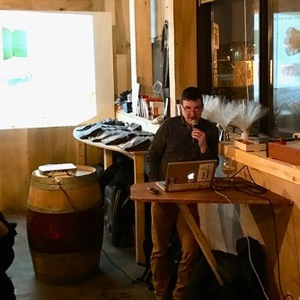
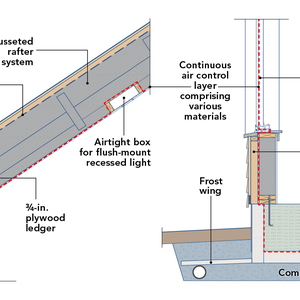

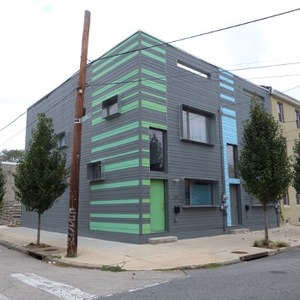
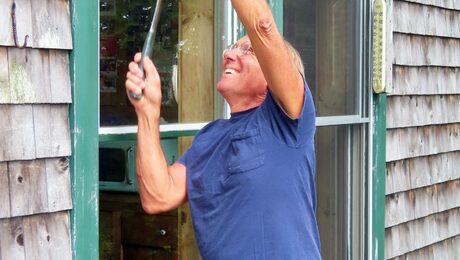
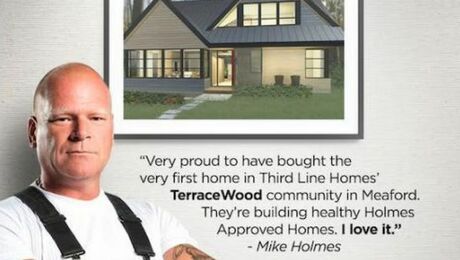

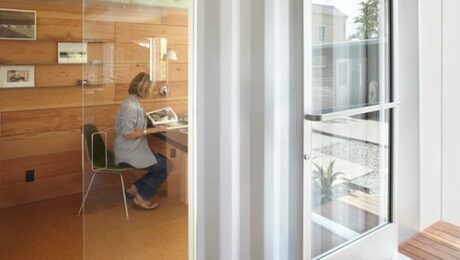
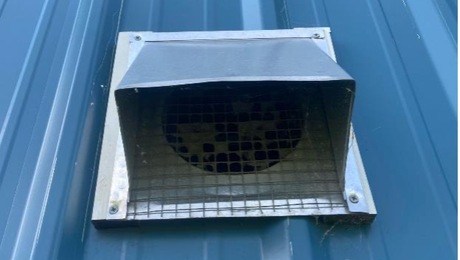
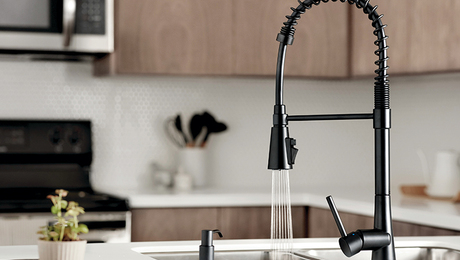
25 Comments
Excellent commentary and excellent points that apply not only to carbon but cost. I found this in my work on affordable housing: Save carbon, save money, and (often) vice versa.
Great article. This principal (simplicity) should apply to all aspects of our lives, particularly as we age.
I have also noticed that from an asthetic perspective complex structures do not age well and people get tired of looking at all the bric a brac more quickly than they do simple but elegant structures, not to mention the fact that complexities are often related to trends and fashionable styles that often go out of style every 10-15 years or so. There are occasional exceptions to this rule (as you can garner from a walk down a neighborhood with ornate Victorian homes).
Nick,
"I have also noticed that from an asthetic perspective complex structures do not age well and people get tired of looking at all the bric a brac more quickly than they do simple but elegant structures"
I'm not sure that is true. The cities and famous buildings which draw the most admiration and visitors reflect the complexity and richness of human life in their architecture. That is of course a completely different argument than whether simple forms are more efficient.
Malcolm, I should have made it clear that I was thinking mostly about stand alone residential houses in the US like the one in the article.
You raise a good point when you reference architecture in cities and larger buildings that serve different purposes. Then I agree that the equation becomes more complex. For example, many of the ornate aspects of a Gothic cathedral (such as the stained glass windows and many carvings) have or reflect religious significance. I think that larger urban buildings also lend themselves to more ornate facades in order to stand out from the sheer mass of structures around them. And, of course simplicity can be done in an oppressive way in large buildings (e.g., Soviet era "brutalist" architecture and some of the "glass box" sky scrapers today). Finally, I understand that different cultures have developed different approaches to things and by no means do I suggest that everything should be homogeneous.
Having said all that, I admit that for my tastes, my favorite famous buildings do have a certain simplicity of shape and texture: the Pantheon and the Chrysler Building immediately come to mind.
Nick,
This is straying quite far from the points about efficiency Lloyd was making, but these types of discussions always leave me with one question: If our individual actions don't make any meaningful difference to solving the problem, what are our moral obligations to act anyway? Is it enough to say at least we fought the good fight? Is there any virtue in forgoing pleasure to no real end? I don't know the answer to those questions.
Good question....you have hit on the moral dilemma of modern times. Our moral arc is much broader and all encompassing than it used to be in olden days (or to use ecomomic terms, our understanding of externalities is quite broad).
Sometimes the issue seems obvious: like when there is a direct link between actions universally deemed evil and the suffering of specific victims (e.g., it is wrong for a person to participate in genocide or war crimes even if the same result would have occurred had the person refused to participate). But the problem with climate change is that the behaviors are mostly by nature innocuous and the connection to actual "victims" indirect in time and place. Also, there is still dissagreement as to what is the best approach to resolve the problem in the first place.
For me, the best approach is to retrain myself so that I get a lot more pleasure from doing things that seem to work toward a better world. This is why I spend my extra money working with people who have disadvantages (here at home and in Africa). Meanwhile my construction projects lately have focused on energy efficiency (e.g., I recently learned how to install mini splits) instead of pouring more concrete.
Great piece emphasizing this straightforward principle of good design that regretfully seems to be forgotten or ignored by many in the design world. A simple, compact building form pays off in many, many ways. There are the first cost savings that stem from a more compact and simpler form. Then there are the operational cost savings - both short and long term - that come from what is almost always a higher performance, more energy efficient building resulting from a simple form (as long as the building isn't overglazed!). And then there are the long term costs savings that stem from lower maintenance, repair and replacement costs over time. So many folks miss this piece of the equation when considering the design of housing. These factors are almost existential when it comes to creating and maintaining affordable housing that can in fact remain affordable over the long term.
Reality is that it seems always harder for folks to mantain ugly houses. Drive around your town and see what I'm talking about.
Simplicity seems to make a lot of sense, but then I look at my house (a Cape Cod) and think of how much value is added by the dormers. I'm not sure how livable the upper floor would be without them. So what to make of that? Perhaps a full second story with a simple gable roof would be more efficient use is materials, but I assume it would be more total material use. And in that case it seems like there would always be the temptation to add dormers to get a third level of usable space (or I suppose you could prevent that by a truss framed roof).
The return to simpler and more efficient forms for building and operating homes will require us to break free from our generations-long fossil-fueled quest to mimic the old aristocracy by living in giant houses with excessively high ceilings and too many roofs.
Ironically, when you visit old castles and manors, you often find that the grand ostentatious spaces weren't where the aristocrats actually lived - they were usually just for show - even the bedrooms. They preferred to actually stay in smaller, warmer adjacent quarters.
I don't think I was until this recent thread What's the R Value of a Duck? - https://www.greenbuildingadvisor.com/question/whats-the-r-value-of-a-duck
That it completely dawned on me that if you doubled the exterior surface area of a house, you would need to double the true R value to have equivalent heat loss (over simplified of course because of ground contact, air leakage, etc.).
Maine_tyler,
Or move from a heat source with a COP of 1, to one with a COP of 2.
That's why some people argue that blower door tests should measure leakage rate by shell area, not house volume.
To quote ourselves, a pretty good house should look like what a kindergartner would draw with a crayon (minus the chimney)
When I talk with building professionals, this is one of my key points. The cost to build per SF (a terrible but common measure) of a complex house is much more than a simple one. My mantra is "There is no free lunch" when planning a house. If you make it more complicated it has to cost more.
Unfortunately, let’s address the elephant in the room- they are barren, and to 95% of customers, unattractive . The proverbial ‘architects box’….don’t get me wrong, but the shaker like aesthetics/ assumption does not bespeak a horribly expensive bespoke abode, which most custom builds are these days. If you are spending a million plus on a house, I ts entirely justiafiable for vast majority of customers wanting to have their house convey some of that cost, not hide it. People don’t want their primary house to scream ‘camping out’ “ESG lives here” …it’s Greatly popular and well established that your vacation cabin in New Hampshire, rural Maine or evn natucket can even should look like this , but your primary home in newton? Scarsdale? Releigh? Atlanta? Actually, any major city /
The exterior is one issue. I have seen creative use of different types of siding and colors that takes a boring box and makes it interesting. The other issue is interior. It seems many architects struggle with imaginative layouts within a rectangle. Is it that only expensive high end architects have skills to work within a box and offer interesting interior spaces that work for todays lifestyles.
Really enjoyed this. I live in a "dumb box" with 4 outside corners -- a 1935 colonial -- and am building another one right now: a 24x36 cottage with an 11/12 "forever roof." Peers who see our plans ask "why not add a couple of dormers?" I try to be nice, but man either you get it or you don't. In the future I'll send them this article.
The style of my house may not be to your personal taste, but I think it would be hard to say that it's not an attractive home, and it's about as simple a box as you could build. https://www.greenbuildingadvisor.com/article/new-house-year-one-update
I love your line, "I’ve come to think of this project as a “stealth” green home, primarily because it doesn’t have the touchstone “green” features people think about." This is what every house should be before they start adding the green doodads.
This article does a beautiful job of reminding us the value of simplicity and how it can lead to efficiency in so many ways. It's a concept we, as designers, need to keep, not in the forefront, but not far back in our minds as we work.
I put it that way because there is a danger that it can lead to the design of absurdly prosaic little boxes that contain nothing of the less tangible but still very much real qualities that good architecture can bring to a home. We are designing homes, after all, more than houses. Design a super-efficient house that contributes nothing to the joy of its occupants and it won't be a home that's loved. It will be a house where people store their furniture.
Take the bay window. Put that bay window on an east facing bedroom wall, with a built-in seat, and it fills the room with morning light. This not only promotes physical health, it creates a spot where people will gravitate in the morning, with a hot mug of coffee or tea, a beautiful place in which they can start their day. It sets the mood for the whole day to follow.
This is what architecture can do that engineering can't. Let's strive for the best of both.
---
I'm writing this as an American who has worked on 3 continents and is now living in France. It's 100% true that many new American houses are full of useless excess that is neither efficient nor promoting of well being. But here in France most of the new houses are these very efficient little boxes that are deadeningly mundane. It's disappointing to see.
A fun comparison to make is a typical American Foursquare of the turn of the 1900s, and Frank Lloyd Wright's "Fireproof House for $5000" dating from 1906 (if memory serves).
Frankly, I find both approaches beautiful in their own ways. But kudos to Wright for finding such ingenious ways to achieve complex and varied interior spaces in what was essentially an American Foursquare shell.
I work for a low-income multifamily developer/property manager and we've been looking for ways to reduce construction and long-term maintenance costs. We moved to a rectangle footprint, brought stairs and balconies into the building space, simplified the roof to a gable style, and eliminated exterior siding details. The Congress for the New Urbanism had a presentation by John Anderson that inspired these changes. https://www.youtube.com/watch?v=oPu8biSTUPc&t=95s
Skidrj, thank you for sharing your experience and the John Anderson video -- very good information.
Great piece Lloyd. The individual building is part of a larger system. a green building in a place where residents must be able to drive to take care of their daily needs is a modest improvement, but I don't think the goal is have folks driving to green buildings.
https://www.buildinggreen.com/feature/driving-green-buildings-transportation-energy-intensity-buildings
Log in or become a member to post a comment.
Sign up Log in